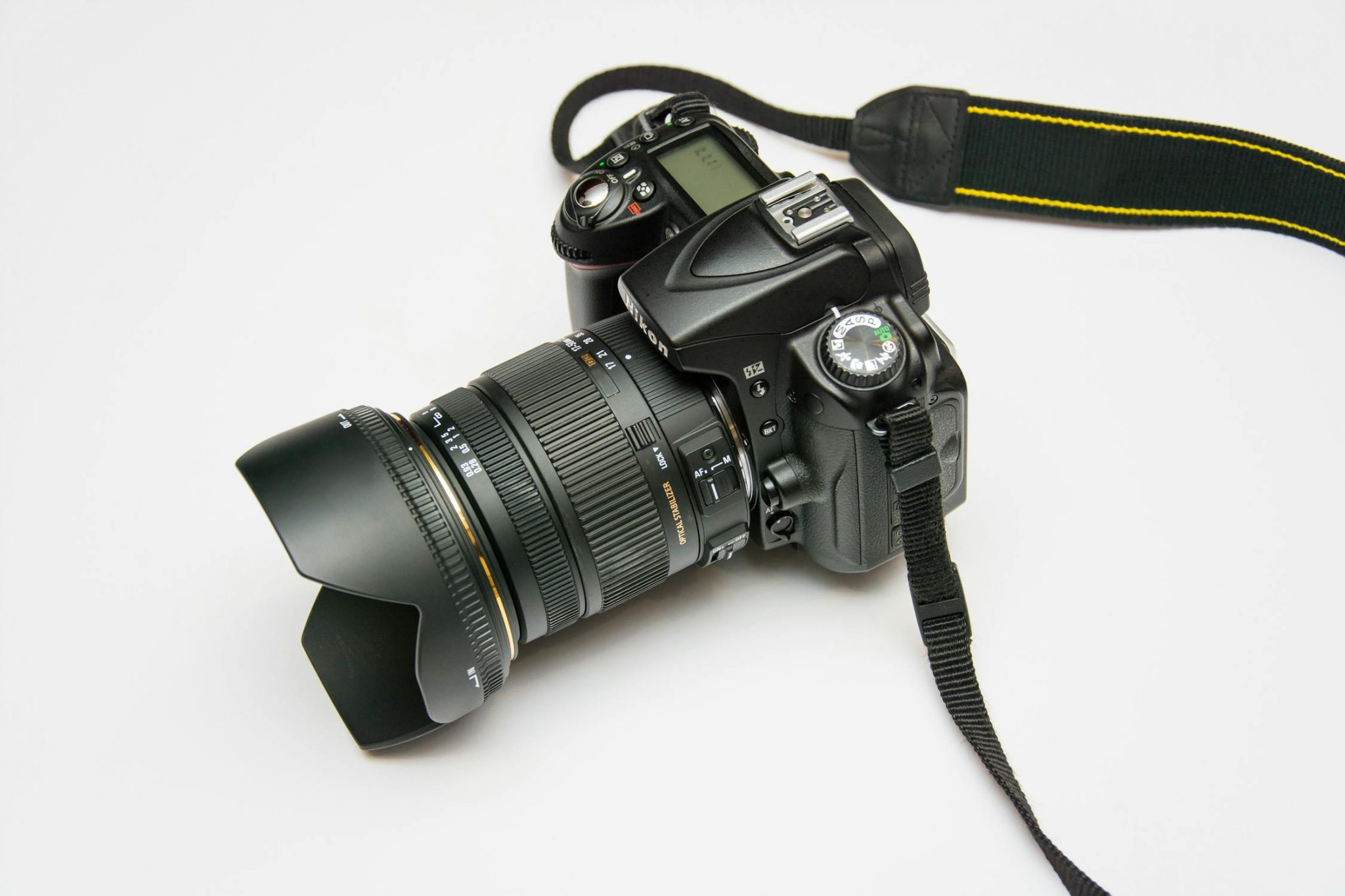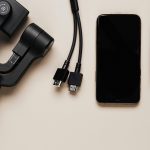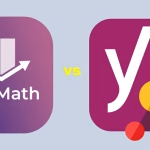Let me tell you, finding the right cameras for vlogging without breaking the bank used to give me serious headaches. After testing dozens of cameras in my 15+ years of photography (and making plenty of expensive mistakes), I’ve finally nailed down which budget-friendly options actually deliver the goods for aspiring content creators.
Back in 2022, I learned this lesson the hard way when I recommended the Canon M50 Mark II to my students starting their YouTube channels. While it’s a solid camera, I totally overlooked the pretty heavy crop factor when shooting in 4K – something that drove several of my students nuts when trying to film indoors.
These days, I’m way more careful about checking those “hidden gotchas” before making recommendations.
Here are the absolute best vlogging cameras under $1000 that I’ve personally tested:
1. Sony ZV-E10
This little powerhouse has become my go-to recommendation for new vloggers. The autofocus is scary good (seriously, it’ll track your eyes like a hawk), and the fully articulating screen is clutch for self-recording. The kit lens is actually decent for starting out, though you might wanna upgrade later.
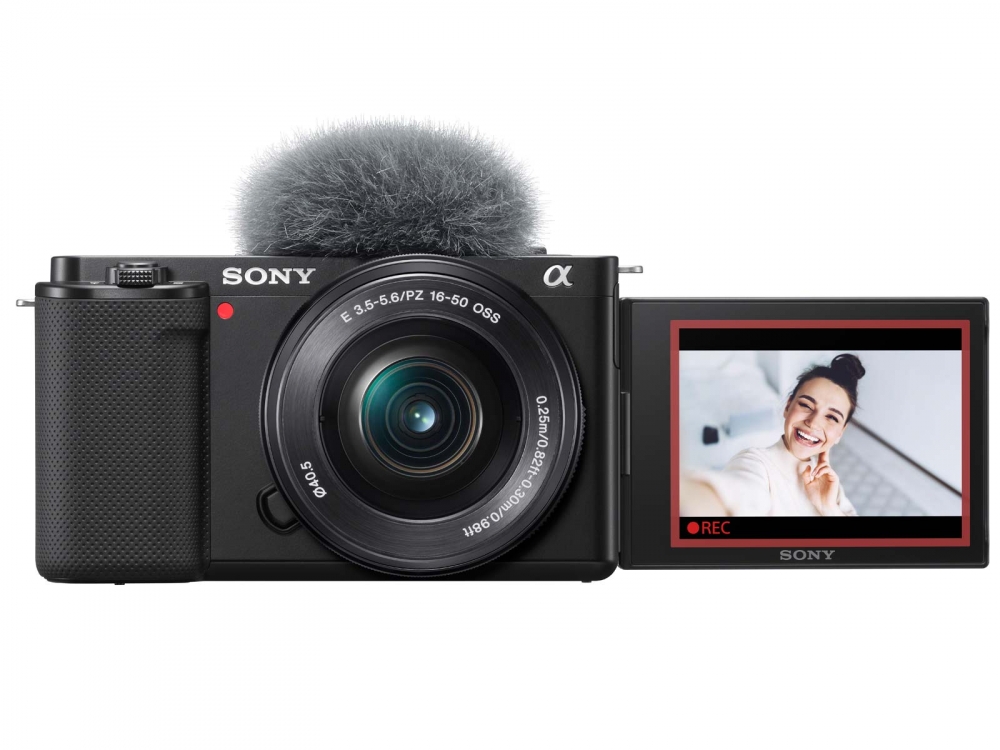
Pro tip: Enable “Product Showcase” mode if you’re doing any kind of product videos or tutorials. It’s honestly a game-changer for switching focus between your face and objects.
2. Panasonic Lumix G7
Y’all, don’t sleep on buying used gear from reputable sellers. The G7 is a few years old but still holds up amazingly well. The 4K video quality is surprisingly crisp, and the micro four-thirds lens selection is good for budget shooters.

One thing that kinda bugs me about the G7 – the autofocus can be a bit finicky in low light. I’ve found setting it to 1-Area AF mode and keeping contrast detection on works best for indoor shooting.
3. Canon SL3
Now, this one’s interesting. The Dual Pixel autofocus is chef’s kiss reliable, plus you’re getting that gorgeous Canon color science that just makes skin tones look amazing straight out of camera.
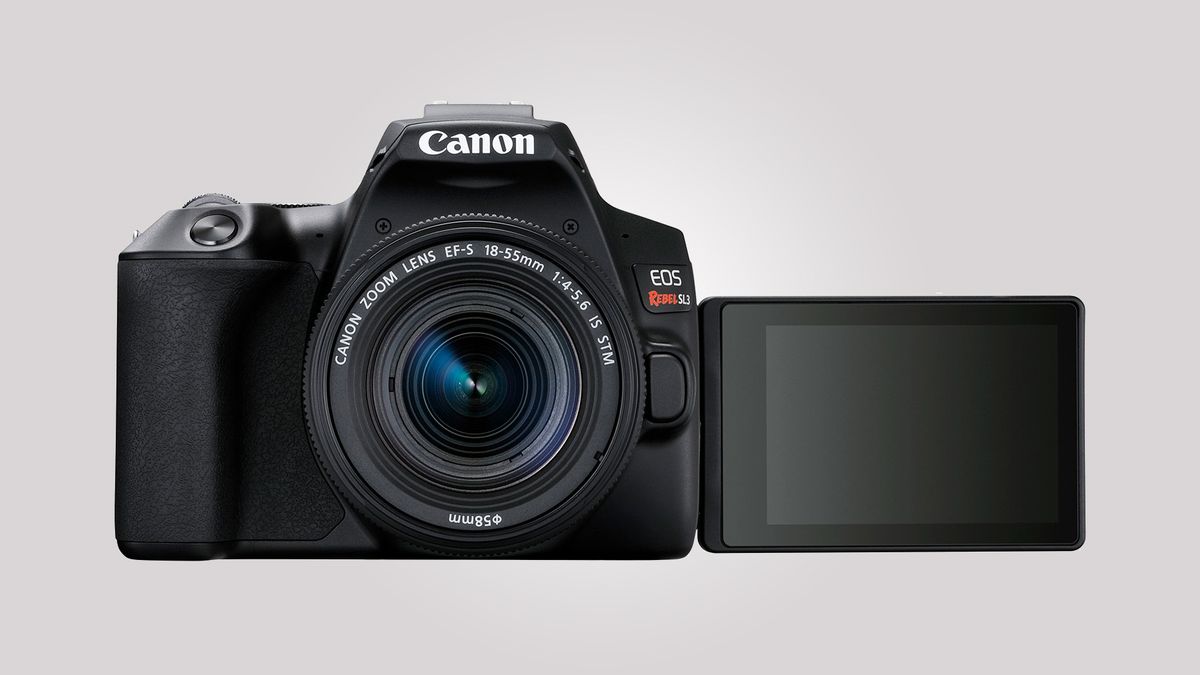
Quick warning though – if you’re thinking about the SL3, make sure you’re cool with the 1080p resolution. The 4K mode has a pretty hefty crop and no Dual Pixel AF, which is kind of a bummer. But honestly? For YouTube and social media, the 1080p quality is still totally solid.
4. Canon M200
This little powerhouse brings that legendary Canon color science to the table. Compared to the Sony, skin tones look gorgeous straight out of camera. The Dual Pixel AF is almost as good as the ZV-E10’s, but the fixed screen is a major bummer for self-recording.

Still, if you’re mainly shooting others, this might be your jam.
5. Olympus E-M10 Mark IV
The dark horse of vlogging cameras. The in-body stabilization is straight-up magical compared to everything else on this list. Walking footage looks way smoother than it has any right to.

The downside? The autofocus isn’t quite as snappy as Sony or Canon’s offerings.
6. Fujifilm X-T200
Film simulation modes for days! If you’re into that vintage look without heavy editing, this is your camera. The 4K footage is actually pretty solid, and the screen mechanism is unique – it flips out AND up.

The autofocus sits somewhere between Sony and Panasonic in terms of reliability.
7. Sony A6000
The oldest camera on this list, but hear me out – the 1080p quality still looks fantastic, and the autofocus system was ahead of its time. It’s faster than everything except its younger sibling, the ZV-E10.

The main drawback? No flip screen for self-recording.
8. Panasonic GX85
Talk about value for money! You’re getting two lenses, amazing stabilization, and clean 4K footage.

The contrast-detect autofocus isn’t as reliable as newer cameras, but for static shots or manual focus situations, the image quality is outstanding.
9. Canon M50 Mark II
This one’s tricky – it’s basically a more refined M200 with a better viewfinder and fully articulating screen. The autofocus in 1080p is stellar, but like the SL3, the 4K mode is severely cropped.
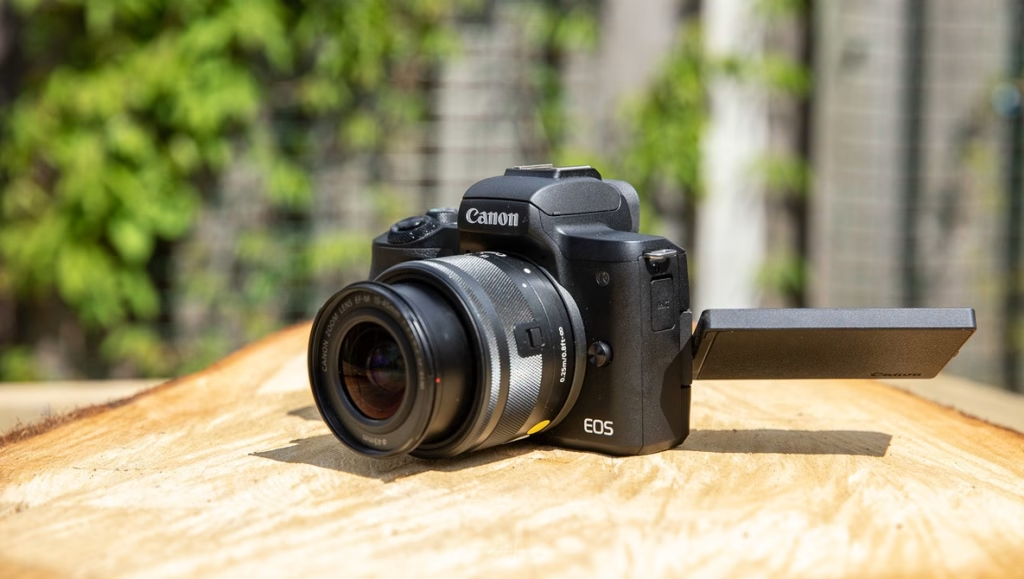
Still, for pure 1080p vlogging, it’s a solid choice.
10. Nikon Z30
The newest kid on the block. Nikon finally made a proper vlogging camera, and it’s pretty impressive. The autofocus is nearly on par with Sony, and the colors are gorgeous. The big downside?

Limited lens selection compared to other systems, and you’ll definitely want to budget for a gimbal since there’s no in-body stabilization.
Note: What’s really cool about this list is that any of these cameras can produce professional-looking content. The differences come down to specific features that might matter more or less depending on your particular needs.
For instance, if you’re doing lots of talking head videos, that flip screen on the M50 Mark II might be worth the 4K crop limitation.
Pro Tips From Years of Testing
- If you’re mainly shooting indoors, prioritize low-light performance (Sony ZV-E10 or Canon M200)
- For run-and-gun vlogging, IBIS is crucial (go with Olympus or Panasonic)
- If color grading isn’t your thing, Canon or Fuji will give you the best straight-out-of-camera look
- Always check the crop factor in 4K mode – some of these cameras get really tight!
- Consider lens availability and prices – micro four-thirds systems typically have cheaper lens options
A Quick Note About Audio: None of these cameras have fantastic built-in mics (though the ZV-E10 is decent). I recommend picking up a Rode VideoMicro or a simple lavalier mic – it’ll make a bigger difference than choosing between any of these cameras.
Discover 5 Best Podcasting Mics Under $100 in 2025
Memory Card Tip: After countless corrupted files from students using cheap SD cards, I always recommend spending the extra money on a reliable brand like SanDisk Extreme Pro or Sony Tough. The peace of mind is worth it!
Conclusion
Here’s something I wish someone had told me when I started: don’t get too caught up in the specs game. What matters way more is getting a camera that you’ll actually enjoy using. The best camera features in the world won’t help if the menu system drives you bonkers or if it’s too complicated to use consistently.
For any of these cameras, grab yourself a decent mini tripod (the Manfrotto PIXI is my fave) and a simple Lavalier mic. Trust me, good audio makes a bigger difference than having the fanciest camera body.
Explore 10 Best External Mics for DSLR Cameras in 2025
Quick setup tips I’ve learned the hard way:
- Always format your memory card in-camera before important shoots
- Set your video quality to 1080p/30fps to start (it’s more manageable for editing)
- Enable face/eye detection AF whenever possible
- Turn on zebras or highlight warnings to avoid overexposed footage
- Keep your ISO under 3200 for cleaner footage
Remember, these recommendations for best cameras for vlogging come from someone who’s actually had to teach teenagers how to start YouTube channels – so I’ve seen firsthand what works and what causes frustration. Any of these cameras will give you room to grow while learning the basics of content creation.
FAQs
1. What makes a camera good for vlogging?
A great vlogging camera has a flip screen, excellent autofocus, good low-light performance, and 4K video capability. Portability and battery life are also key factors for on-the-go creators.
2. Which camera is best for beginner vloggers?
The Sony ZV-E10 and Canon G7 X Mark III are perfect for beginners. They’re user-friendly, compact, and packed with features like flip screens and strong autofocus, making them ideal for starting your vlogging journey.
3. Do I need a 4K camera for vlogging?
While 1080p is sufficient for most platforms, 4K offers future-proofing and higher video quality. If you plan to grow your channel or edit footage extensively, a 4K camera like the Sony ZV-E10 is worth the investment.
4. What’s the best budget camera for vlogging?
The Canon EOS M50 Mark II and Sony ZV-E10 are excellent budget-friendly options. Both offer flip screens, 4K video, and reliable autofocus, making them great for creators on a tight budget.
5. Are mirrorless cameras better for vlogging than DSLRs?
Mirrorless cameras like the Sony Alpha series are generally better for vlogging due to their compact size, lighter weight, and advanced autofocus systems. DSLRs can be bulky and less convenient for on-the-go filming.
6. What’s the best camera for YouTube vlogging?
The Sony ZV-1 and Panasonic Lumix GH5 are top choices for YouTube vloggers. They offer excellent video quality, flip screens, and features tailored for content creation, making them favorites among YouTubers.
7. Can I use my smartphone for vlogging?
Yes, modern smartphones like the iPhone 16 Pro or Samsung Galaxy S25 Ultra are great for vlogging. However, dedicated cameras offer better audio, zoom, and manual controls for a more professional result.
8. What’s the best camera for outdoor vlogging?
The GoPro Hero 12 and Sony ZV-E10 are ideal for outdoor vlogging. They’re durable, portable, and offer excellent stabilization for capturing smooth footage in dynamic environments.
9. Do I need a microphone for vlogging?
While most vlogging cameras have built-in mics, an external microphone significantly improves audio quality. Consider a shotgun mic like the Rode VideoMicro or a wireless Lavalier mic for clearer sound.
10. What’s the best camera for professional vlogging?
The Sony A7C and Canon EOS R10 are top picks for professional vloggers. They offer full-frame sensors, exceptional video quality, and advanced features for creators looking to produce high-end content.
Have questions about specific features or use cases? Feel free to drop them in the comments – I’m always happy to share more detailed tips based on real-world experience!

